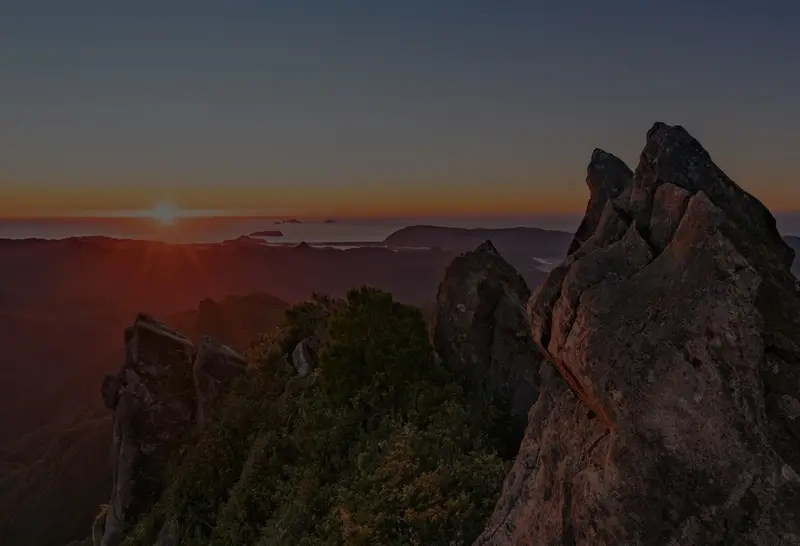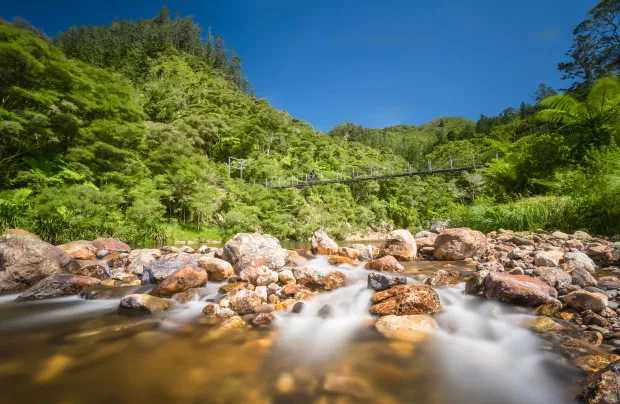Cooks Landing In The Hauraki
On the corner of Captain Cook Road and Hauraki Road in Netherton, is a place to pull over and discover a fascinating piece of New Zealand’s early history. The Captain Cook Memorial and Picnic Area is situated on the western bank of the Waihou River. A three tonne steel ship’s anchor donated by the Royal Navy of New Zealand serves as a symbolic recognition of the exploits of Captain James Cook on his voyage of discovery in the Coromandel Hauraki area in November 1769. Images and information boards pertaining to the the Waihou (Thames) River offer an excellent opportunity to discover the river’s history and Captain Cook’s experience of the area.
The Captain Cook Memorial and Picnic Area was developed in 2011 as a Community Project, to celebrate (in 2019) 250 years of Cook’s Landing in the Hauraki. Originally, the Cook Party Landing Site Memorial was 1.5km along Captain Cook road, close to Sarjant’s Corner, however the monument could not be easily viewed from the road and there was no safe or easy vehicle access for motorists to park. The new memorial site serves as a profound place to pull over and learn about the role the Waihou River played in Hauraki settler history, whilst imagining it as it looked to Cook and his compatriots during his First Great Voyage to New Zealand.
Cook’s Landing is significant because it was where, on Tuesday 20 November 1769, Lieutenant James Cook and 22 men including the great Tahitian translator Tupaia, botanist Joseph Banks and scientist Daniel Solander came ashore, after making a journey upriver on two long boats in search of timber suitable for masts and spars for the Admiralty. Their ship Endeavour was anchored near Thames, 14 nautical miles away. This was the longest trip Cook ever took from the Endeavour, rowing two long boats out of the shallow river mouth and into the deeper fresh water.
Cook reportedly showed great admiration for the area, naming the river Thames, as it reminded him of England. Cook and his party came ashore on the western side of the river, to view and measure the thick forest of lofty Kahikatea trees rising up out of the swampy banks and make discovery of the superb, fertile lands we know today as the Hauraki Plains.
Cook and his party spent three hours in the area before rowing back to the Endeavour and departing The Coromandel for Northland.
Cook’s Landing is a powerful place to gaze out at the adjacent volcanic hills (about 2 million years old) and imagine the 180 million year old Kahikatea forest lining the riverbank which first attracted Cook’s interest. In 1769 the catchment was in a natural state. By 1900 gold mining was at its peak, forest clearing had started and farming was beginning. Today the Waihou River is stopbanked and the Hauraki plain extensively drained. Dairy farming replaced most of the forest. Ships started taking logs from Hikutaia just 24 years after Cook landed there, with an information board detailing the ships and number of logs (in their hundreds) that were taken between 1794 and 1920. The river kept its name, Thames, until 1928 when it reverted back to Waihou, which it remains known as today.
Where to Find Us
Location
Cnr Captain Cook Road and Hauraki Road
Netherton


